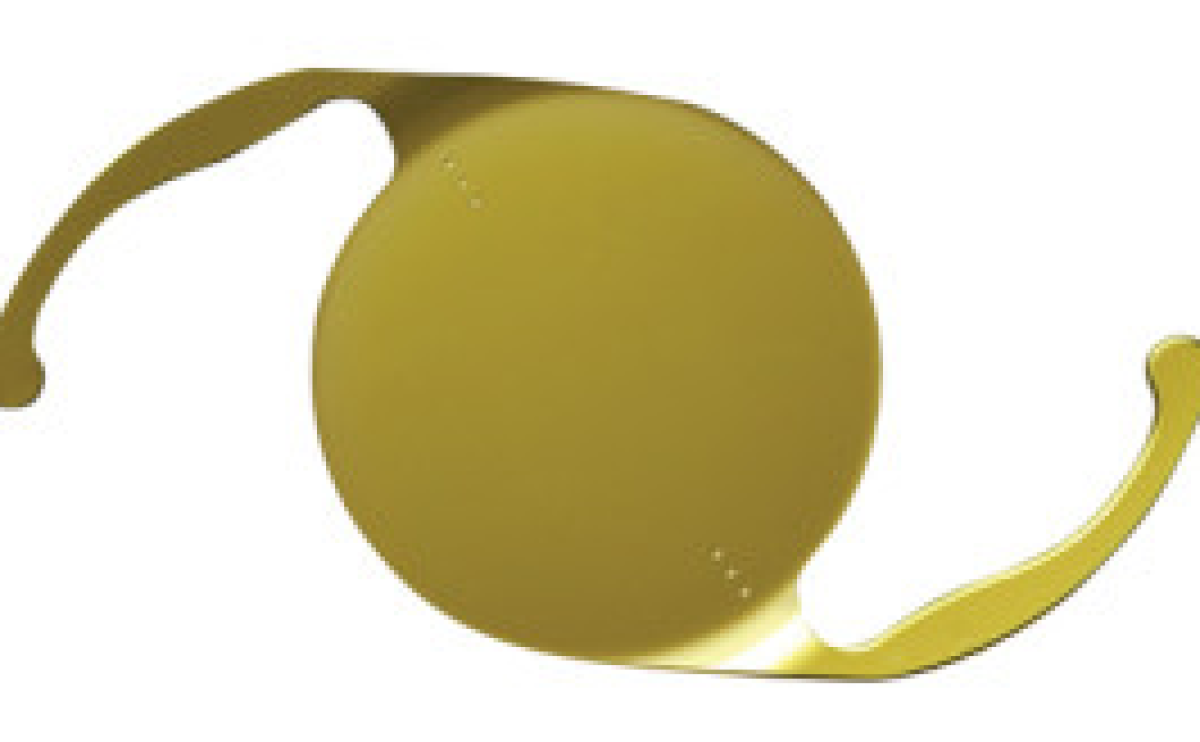The Surgery
The surgery
is performed under local anaesthetic as a day case for the majority of people but some may prefer general
anaesthetic which is available.
To improve the vision after
the cataract is removed a prosthetic lens is implanted inside the Eye during the procedure. Using advanced diagnostics, each lens is custom measured to your eye.
Lens choices are one of the most
important decisions in Cataract surgery. Mr Saldanha uses the best and latest lenses to provide you with the vision you need every day. Through your consultation, he will discuss with you which
choice would be most suitable for you.
Many patients
with monofocal lens implants benefit from monovision where the focus in one eye is brought within an arm’s length such that with both eyes open you have a spread of focus (far and near), but
glasses will likely still be required to read comfortably.
Multifocal lenses can provide a
far greater range of focus. Trifocal lenses target near, intermediate and distance vision. Four in 5 (80%) of patients will be spectacle-free with trifocal lenses; the remaining 1 in 5 (20%) may
require reading glasses for some tasks. The potential downside of trifocal lenses is a compromise in the quality of distance vision as well as optical side effects (glare and haloes), particularly at
night.





